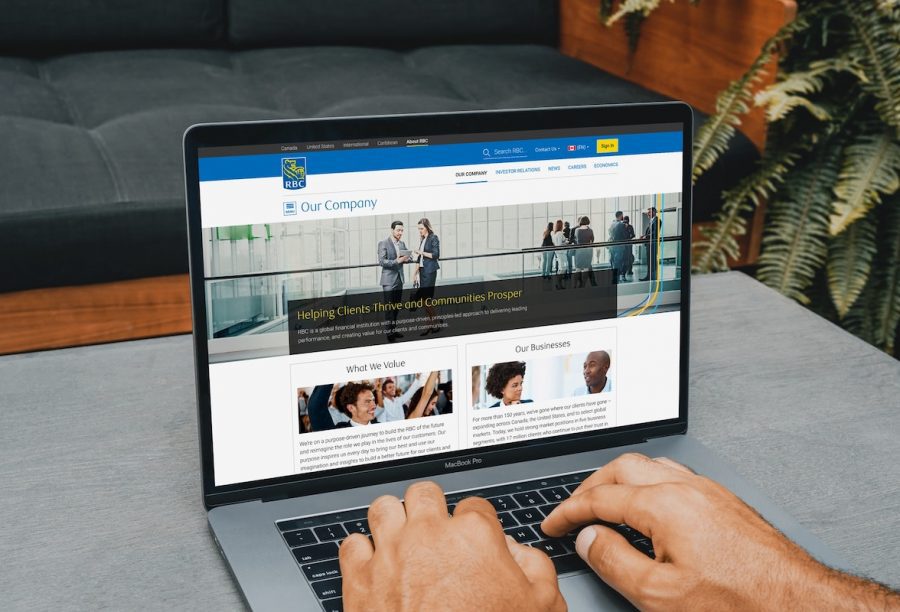
Estimated reading time: 7 minutes
Business websites have evolved over the years. The first websites were text-heavy. No images, no videos, no social buttons. Next, the sites added graphics and visual elements. The website evolution continued by strengthening the messaging, adding a level of engagement, and tightening conversions. Today, businesses must deal with a new issue, localization, or be left behind.
Related Links
The Internet has closed the gap between customers and companies. Many businesses are reaching out to markets outside their usual territories to expand their reach, build new relationships, increase market share, and strengthen profitability.
This article talks about localizing the website and translating its assets. Localization, targeting a particular geographic locale, involves adjusting every aspect of the website from what is said, how it is said to the look and feel, the payment process, the layout, the colors, and the imagery to suit a second distinct non-English speaking market. Think of translating as converting the word-for-word website content from English into a second language.
Employing Localization
A simple definition of website localization might be, “It’s the words you use and how you use them, the imagery, the user experience.” People need to feel comfortable, at ease, and welcome as they arrive at your company’s digital front door.

Developing A Localization Strategy
Every successful plan has a strategy behind it. It would be reckless for a business to jump in and start localizing the company’s website content without doing the proper planning needed to succeed.
Your Localization Strategy Might Look Like This:
- Which countries and markets do we want to penetrate?
- How does our messaging and selling approach need to be altered?
- How tech-savvy is the target population – mobile? – desktop?
- Who on our team will head up the localization strategy?
- What KPIs need to be identified to spell success and not failure?
Localize The Web Design
Over the years, it’s been my experience that companies take two different approaches when designing web pages. One group lets the design dictate the content, while others allow the content to determine the structure.
When considering adding a second language into the mix, the spacing needed for the various languages finally determines much of the webpage’s look and feel.
Here’s an example of translating the text on a button:
English
Easy-to-use
German
Einfach zu verwenden
As you can see, the button in German needs to be twice as long.
Then there are the non-Latin languages, such as Chinese, Korean, and Japanese, causing vertical expansion.
So, the languages a company chooses will certainly weigh heavily on every aspect of the page design. Look into UI Design Tools such as Adobe XD, Sketch, and Figma to save yourself time and money.
We’ll come back to translation a little later.
Internationalizing The Website
Internationalizing your website means injecting a code (I18n) that determines the location settings for the target country and language. Internationalizing must consider cultural formatting, number and letter presentations, time zones, and general text layouts when serving up the website content.
Building A Localization Workflow

Two approaches are gaining acceptance when building a localization workflow: Waterfall and Agile.
Waterfall Localization is a linear approach where the company first designs the website to accommodate English as the primary language. Then it deals with a second or third language.
Agile Localization is more of a parallel methodology. During the website development phase, the business considers both languages. As the design evolves, both content schemes are updated simultaneously to ensure affinity.
Doing The Localization
A company might utilize a three-prong approach in translating the business’ website assets.
Translating Website Assets
Most of the translation time will be spent transcribing the Customer-centric Assets such as the web pages and blog posts. Next, the company could focus on the Operational Assets like the navigation and social buttons. Finally, the Engagement Assets need attention.
Let’s look at each set separately.
Customer-Centric Assets
The most apparent content pieces that need translating are the web pages, blog posts, case studies, white papers, FAQs, How-to articles, and other customer-facing marketing collateral.
If the webpages include slang, colloquialisms, tech-speak, and subject-specific jargon, they’ll be harder to translate. The intent of the expression won’t come across properly during the translation.
Most of the business’s time and money will be spent on this project stage.
Operational Assets
Next, the business needs to develop a strategy to localize the site’s navigation, title tags, images, CTAs, and social buttons.
It’s vital the website visitor feels welcome. The localized site cannot use the United Kingdom colors of red, white, and blue when speaking to a German audience whose national colors are black, red, and yellow. The imagery will also have to be country appropriate.
Engagement Assets
Finally, the off-site materials such as the marketing pieces, customer care apps, informational properties, outreach emails, Pay-per-click ads, landing pages, offers, and freebies will require localizing.
Who Will Do The Translation Piece?
Making the wrong choice here on choosing a translation company could sink the localization strategy before it gets started. Choose wisely.
Google Doesn’t Make The Cut
Some companies believe they can just use a button linked to Google Translate on their website to translate their source language to reach other countries, but that strategy will fail. Google ran accuracy tests on its translation software and found its app is only 85% accurate when translating one language to another.
Machine Vs. Human Translators
Machine translations have some significant drawbacks. The software cannot translate context, cultural nuances, or slang, and the accuracy rate is between 60 and 80%. The translations are said to sound robotic, choppy, and culturally misaligned.
On the human translator side, on average, translators are certified and have five to 10 years of experience or more, they are knowledgeable about the industry documents they translate, their accuracy rate is 100% word-for-word accurate guaranteed, and they have the cultural awareness of the country, and they understand context, tone, and voice.

If Google and machines are not the answer, how about investigating online translation companies like Languex?
Here’s a quick list to jumpstart your translation company search:
- Does the company use human translators?
- Is the translator bilingual, fluent in both languages, and do they understand the culture and nuances of the locale?
- Does the company guarantee prompt on-time delivery?
- Was a firm price for the translation quoted before the work started, and were there no hidden fees?
- Were free revisions and free formatting offered?
- Was there a 100% satisfaction guarantee?
- Does the company have good customer reviews at sites like Trustpilot?
- Does the company have positive testimonials on its website?
- Were you able to talk with a past customer who had a positive experience dealing with the company?
Measuring The Localization Success
Developing a set of KPIs (Key Performance Indicators) for the new site will tell the true story and remove the gut feeling that everything is on track.
The number of KPIs to monitor is up to you. Some people say the number of KPIs is seven or eight, while others think the number is closer to 20.
The more obvious KPIs are Bounce Rate, Unique Visitors, Pages Views, Average Time on Page, Top Landing, Exit Pages, and Conversions.
Why Localization And Translation Are Vital To A Business Growth And Sustainability
Localization Is Vital Because
Listed here are reasons why organizations are choosing localization.
- Culturally sensitive
- Increases customer satisfaction
- Increase sales
- Less churn
- Better brand integrity
Transition Is Vital Because
Each business will have to decide what’s crucial to its bottom line when choosing an online translation company. Here’s a list of possible reasons organizations need to contemplate when determining why translation might be necessary.
- Bridge the language barriers between countries
- Improve business relationships
- Communicate your message clearly
- Expand the business’ reach
- Increase profitability
Contact Matchbox Design Group Today!
If your website could use a refresh, if you’re looking to drive more traffic to your site, or you would like to submit a guest post, fill out the form below and we’ll contact you to learn more about your digital needs.

